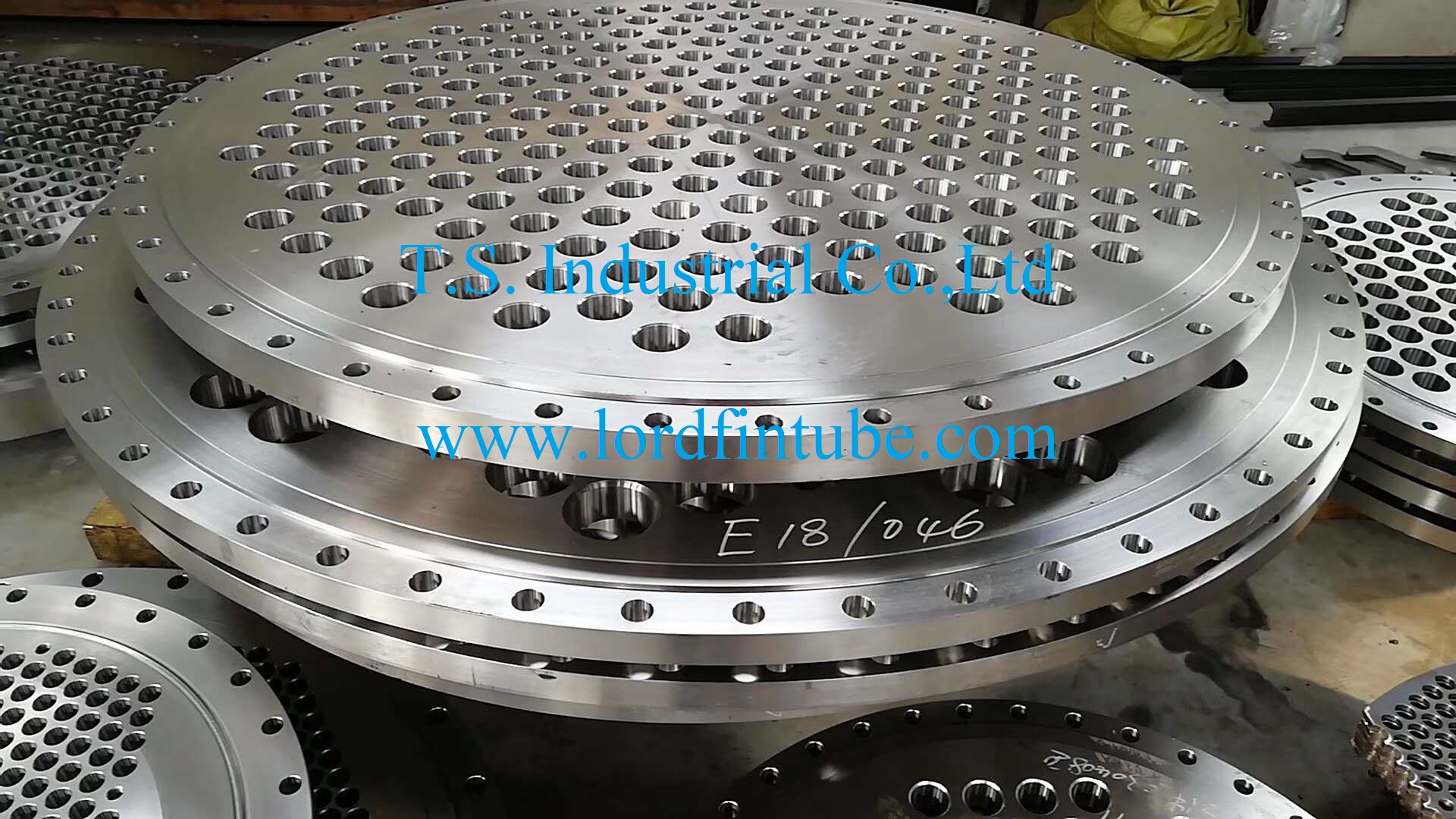How to select heat exchange tube sheet?
2022-09-05Leave a message
How to select heat exchange tube sheet?
Steel plate or forged steel is preferred for heat exchanger tube sheet material? What is the difference between steel plate and forged steel?
If cost is not considered, forged steel are preferred for heat exchanger tubesheets. The isotropy of steel forgings is better, that is, no matter which direction of force he receives, his stress situation is relatively balanced. The steel plate is generally rolled and the stress in the rolling direction is better than that of the forging. However, the stress of the tubesheet happens to be the worst direction of the plate, that is, the plate is easy to be layered.
The thickness of tubesheet is thicker, because the thicker the tubesheet is in production, the more internal defects there are. Because tubesheet is the most important part of heat exchanger components, most tubesheets are forged, and several levels of forgings should be selected according to working conditions.
When the thickness of heat exchanger tubesheet is less than 60mm, plate can be selected for heat exchanger tubesheet However, necessary additional NDE testing, such as UT, should be carried out on the steel plate.
The more important point is strength calculation, and how to determine the allowable stress should be clear.
If the heat exchanger tubesheet itself has a convex shoulder and is butt connected with the cylinder (or head), it should be forged. The heat exchanger tubesheet with a thickness greater than 60mm should be forged. If forged, its grade should not be lower than grade II specified in jb4726 and jb4728
GB151 requires that when the tubesheet itself has a shoulder and is butted with the cylinder, forging steel shall be used.

heat exchanger tube sheet

